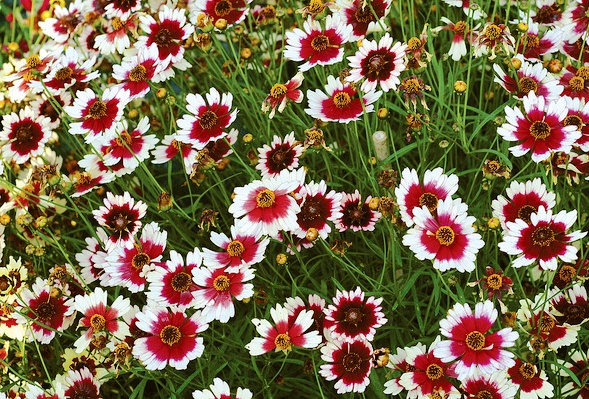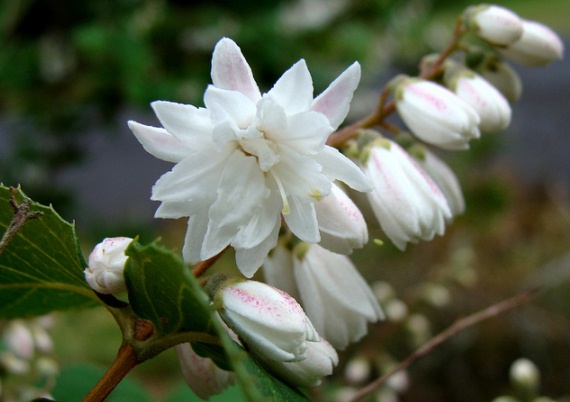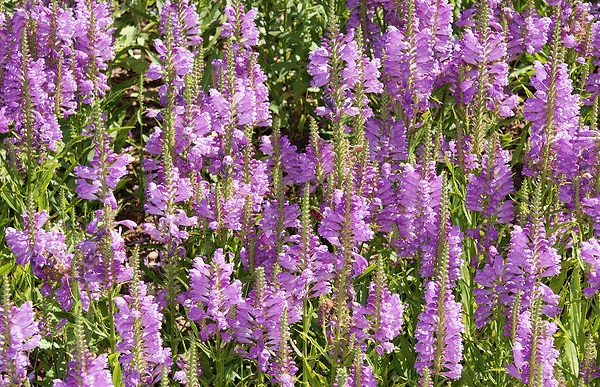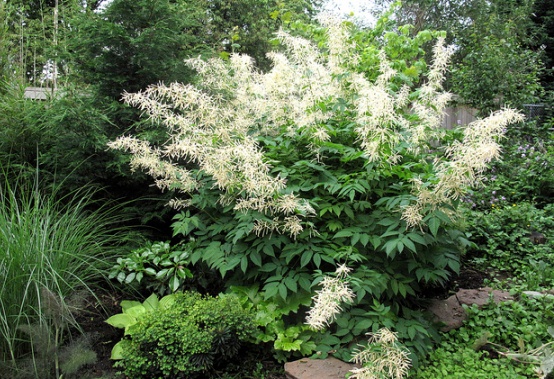Cantaurea montana, the Bachelor’s Button
Mountain Cornflower, Bachelor’s Button or Mountain Bluet, as it is known commonly, are popular names of Cantaurea montana, which is an evergreen plant for cold climates of Europe British Isles and parts of North America. It is fairly easy growing plant that requires a regular but well drained soil mix and some exposure to the sun.

Centaurea montana, Image by Irma Kallio
Cantaurea montana is better known for its blue flowers that appear in abundance in flowering season that usually starts in spring and lasts till early summer. When the plant is in bloom, it produces a thick mound of attractive blue flowers. These lovely flowers provide a very nice show against the background of bright and velvety foliage.
Cantaurea Montana can be propagated from divisions as well as seeds. Other popular species from this genus are Cantaurea cineraria and C. cyanus. The latter is known for its flowers of many different colors including blue, pink, mauve, crimson, white and pink.








